
Setting foot in a segment that faces stiff competition is often considered an act of stupidity especially when the newest challenger walks in with an arrogant attitude. Such acts have often gone down the drain leading to a painful and slow death. New cars in the past have come and gone, failing to make a dent in the sales of its rivals, only to be remembered as another brick in the wall. And then there are those that create enough drama before being launched, sending shivers down the CEOs of rival companies and emerge victorious without a scratch. Mahindra & Mahindra have confidently aimed at redefining India’s multi utility segment dominated by strong players like the TATA Sumo, the ICML Rhino at the lower end of the segment, the Chevrolet Tavera and the Toyota Innova at the premium end and M&M’s very own Bolero. Not only this, they have launched a direct missile at the sedans too, as apparent from the advertisements. Is this going to be a case of an overconfident manufacturer eating dust or are we really in for a fierce blood bath here?
We have been seeing the test mules of the XYLO, earlier known as the Ingenio, since 2006. On numerous occasions, I have followed the prototypes on the expressway at speeds of over 140km/h sometimes failing to keep up while being behind the wheel of one its competitors. Rumours about its looks, interiors and engine kept the XYLO magic alive on numerous forums and people’s expectations soared with each passing month. This is exactly the reason why most automobile enthusiasts haven’t
swallowed the looks of the car. Come on, what were you expecting? A futuristic sports utility vehicle or what? Almost as long as the Innova as well as wider and taller than both contenders, the XYLO has immense road presence. There aren’t many muscular lines with the huge vertically stacked grille dominating the front. The big headlights sit in the snug frame and the bonnet is slightly raised. The XYLO doesn’t have a very pleasing front end. The grille imparts a sort of frown to the front – something that we didn’t quite appreciate much. The side profile hardly has any detailing and resultantly looks boring. The six-spoke alloy wheels and the step board try to spruce up the vehicle’s profile but don’t quite succeed in their attempt. At the rear, small vertical tail lamps and chromed logos finish the rather bland design. The huge hinged door at the rear enables convenient loading of luggage. The paint quality is impressive and body panels are consistent. Frankly, we at CAR India were quite disappointed with the design of the car. Was this the best M&M artists could have imagined for an entirely new car?
The Tavera is ultra sober. The high end Neo series has flashy alloy wheels and terrific dual tone colours, but of the trio, the Tavera gets the least attention on the road. Crisp and straight design lines and a narrow body (a full 170mm narrower than the Mahindra) make it look the smallest of the lot here. The low end model gets steel wheels designed to look like alloys which are quite good. Most Taveras you see on the road bear a yellow number plate for use by tour operators, BPOs, travel agents, etc. This has led to the vehicle losing out on its brand image and is probably the reason why prospective customers who would want to use it as a family vehicle are shying away from buying it. The Innova, on the other hand, is the classiest of the lot. It looks elegant and sophisticated but still has a traditional appeal. Smart alloy wheels, sharp design angles, tear drop headlamps with bulging indicators – the Toyota still looks quite fresh for its segment. The rear view mirrors are chromed and the swooping window line looks good. The Innova is also the longest of the trio, and among the contenders, it would appeal a lot to the corporate buyer. However, it is also a taxi segment favourite but adorned with a Toyota badge, the image of the vehicle has still not deteriorated.














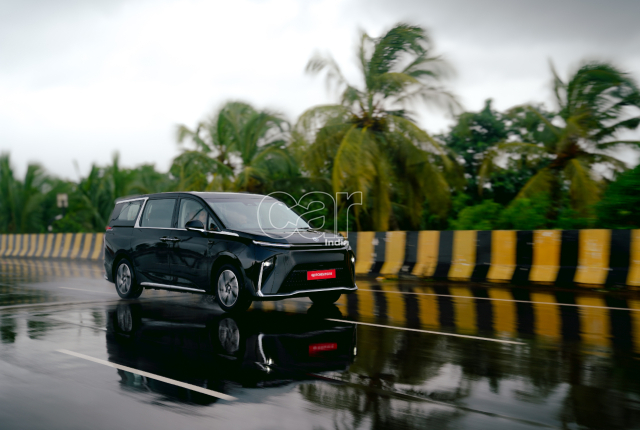
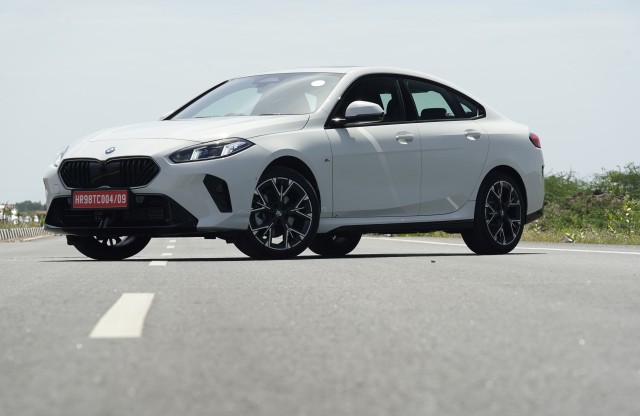
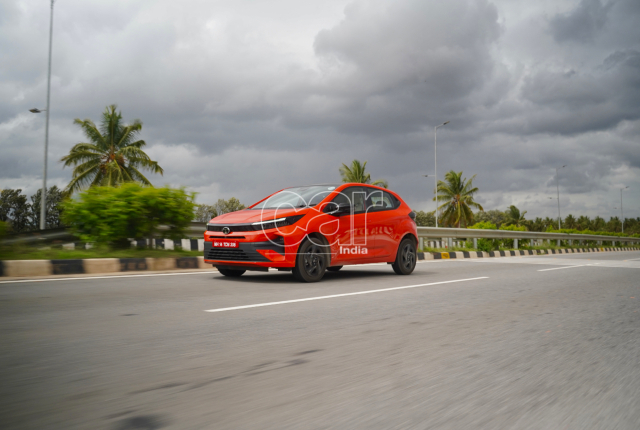
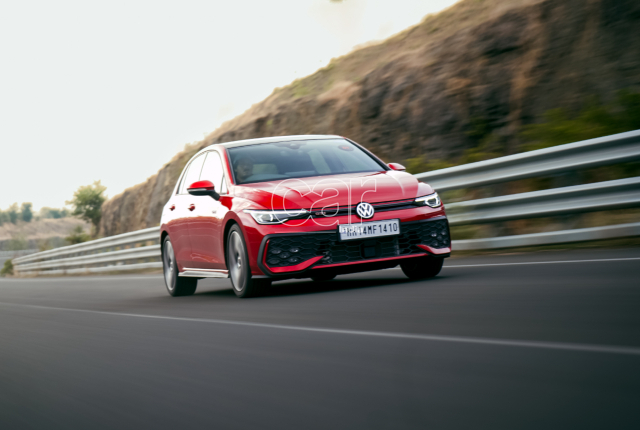
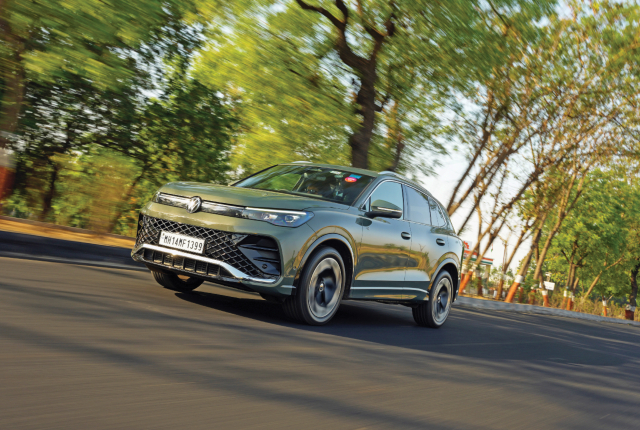




Leave a Reply